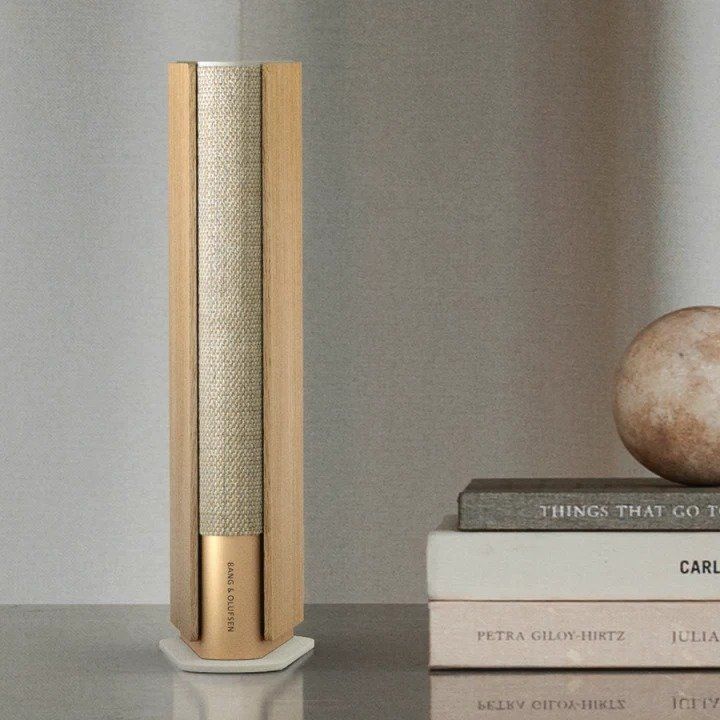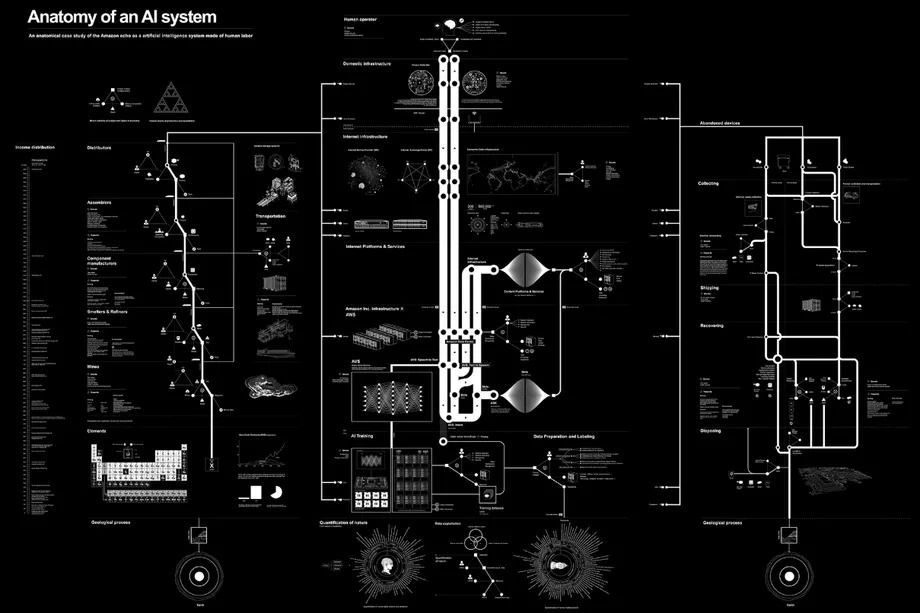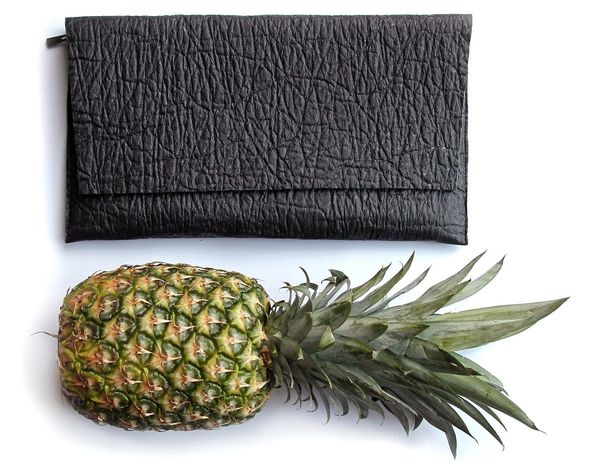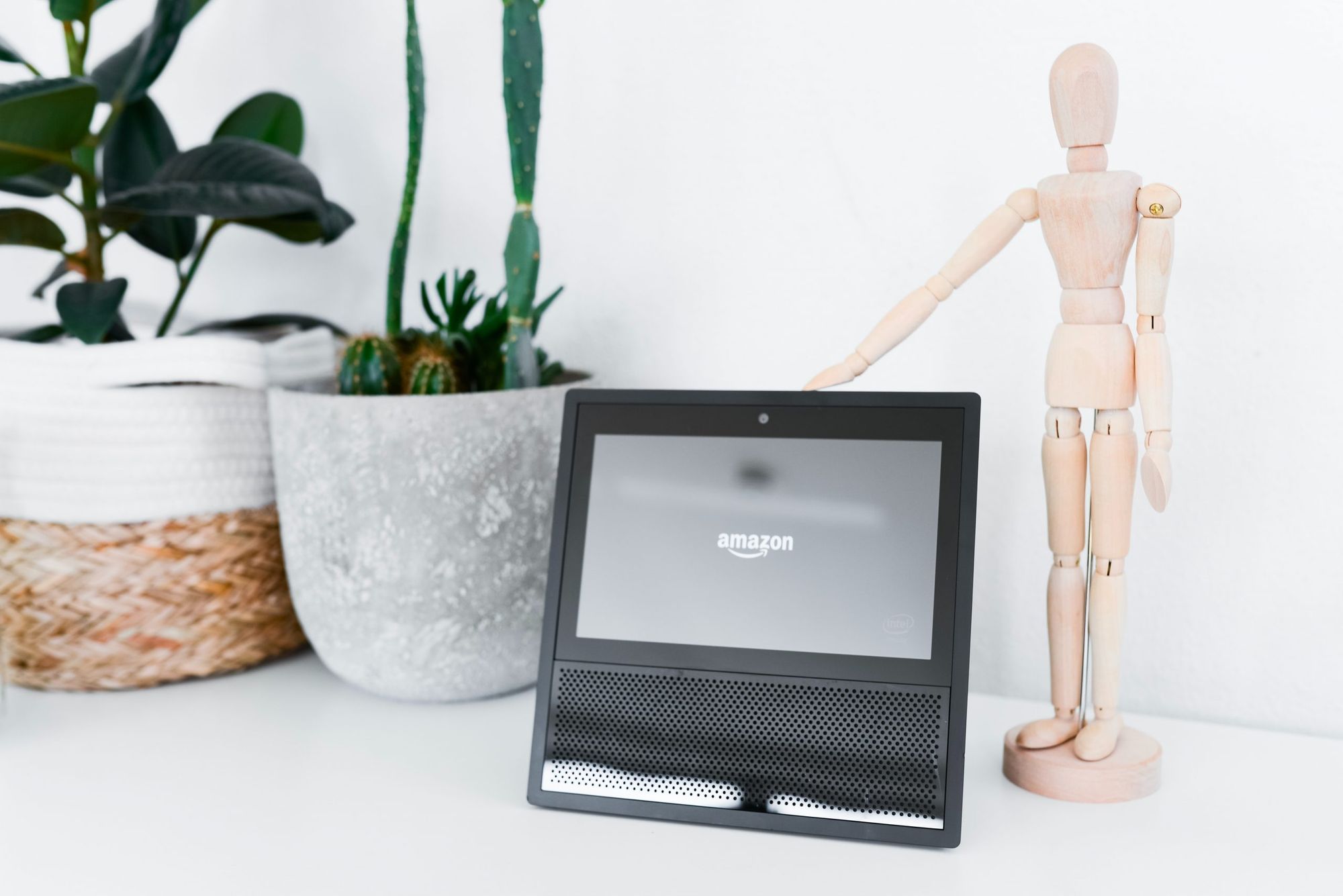We might not be the world’s leading smart home users, but there is a growing interest in smart home systems in Hungary and the Eastern European region, too, which are bringing a fundamental and inevitable change to our habits and the time we spend at home. What advantages and disadvantages do the technologies integrating into our homes almost unnoticeably entail? A brief summary about the first visions of the 21st century, the latest design trends and their counter-culture.
Before heading out, in just a few seconds we can check whether we should take an umbrella, while cooking we can ask our smart assistant to put some music on, and when getting home after a tiring day, we can shut the blinds, set the lighting and adjust the heating right from the couch. Our old habits are changing, we can live more comfortably with less effort, we can save time, and on top, the voice-controlled smart devices can even be considered more inclusive as they can facilitate the lives of those living with physical disabilities as well as the elderly. The technological solutions integrated into homes have gone through a rapid development over the past two decades, and, at the same time, they also became much more unnoticeable.
“Technological devices will disappear: we’ll see a beautiful painting on the wall, which will function as a television and a screen at the same time. The decorative object on the table will actually be a communication device, and the compact powder a mini-computer,” said Stefano Marzano, Philips’ former lead designer back in the early 2000s. Even though his vision evoking the famous compact of the cartoon Totally Spies! has never actually become reality, the rest of Marzano’s forecasts have hardly remained a utopia. For instance, in the campaign of the LG OLED 65GX television, which debuted in 2020, several Hungarian influencers highlighted the device’s “art gallery” function, which allows the user to display high resolution landscapes and paintings in premium quality on the walls of their room. XIAOMI’s device took another step and promised a bit bolder future: the screen of the television once again putting to use the technology of OLED is transparent, making the images displayed seem like they were floating in the air. We won’t have to wait for decorative communication devices any longer, either: Bang & Olufsen, for instance, launches their Beosound Emerge smart speakers disguised as a book this fall.

These devices are great examples of how technology is merging into our usual home environment thus making the use of our living spaces require much less effort: certain elements of smart homes concentrate in our hands through mobile applications, while the virtual assistants operating with MI technology make all our wishes come true. Designers are now humanizing technology: the world of icons is replaced by voice-control, while the interfaces (for example Amazon Alexa) themselves behave as if they were users. However, the over-humanization of technology might also come with drawbacks. Let’s stick with voice-controlled smart devices and let’s take a closer look at one of the market-leading products, Amazon Echo. Serbian creative Vladan Joler started “mapping” the tool a few years ago with his fellow researcher Kate Crawford in order to understand what social and ecological processes accompany the product’s (software and hardware) production, operation and disposal. They summarized their results on their infographics titled Anatomy of an AI System: their visualization sparked a discussion about the invisible free work users perform as they develop the MI system while they use it and about the metals required for the production of electronic devices and the anything but eco-friendly methods of their extraction. Invisibility facilitates the integration of information technology into our everyday lives and makes the system’s use natural, but at the same time it also puts the device into a power position. How can we critically examine or change the operation of a system that is invisible?

In addition to the fact that we don’t actually see the physical appearance of the network infrastructure a lot, we also know very little about the internal structure and mechanisms of technological devices—MoMA curator Paola Antonelli uses the term “knotty object” to denote objects that we cannot understand merely as the entirety of their parts, as the professional knowledge and technologies necessary for their existence form a complex network, too. In 2015, MIT Media Lab explored the phenomenon in short films focusing on various topics: in one of their videos, they present the world of customized devices beyond the world of squared-off corners and modernist aesthetics, the flag-bearers of which are the people who don’t settle for the use of devices offering comfort, the people who want to know more about them. But does the designer want to know and communicate more, too? Design also helps make new products and technologies seem familiar and safe for people, this is why the role and responsibility of designers are unquestionable in what innovations and social phenomena the “smartification” of our homes steer us towards in the future. Will the optimal interface remain the single goal of designers in order to satisfy market needs next to which critical examination must always remain a separate, secondary project, or can the different perspectives interact with each other?
According to design theorist Ákos Schneider, if designers get acquainted with other alternatives next to traditional user-based practice in education, it could open a way to design practices where in addition to clients’ positions, critical stances can also gain emphasis, and on top, the latter may even increase the brand value. Thus, according to the optimist vision, the intersection of the various design practices can indeed exist, and this could be the space where tuning the technology of the future to a human scale can bring the most favorable results possible.

Pineapple fiber bag | Piñana Bag

Sweet life gluten free | TOP 5










